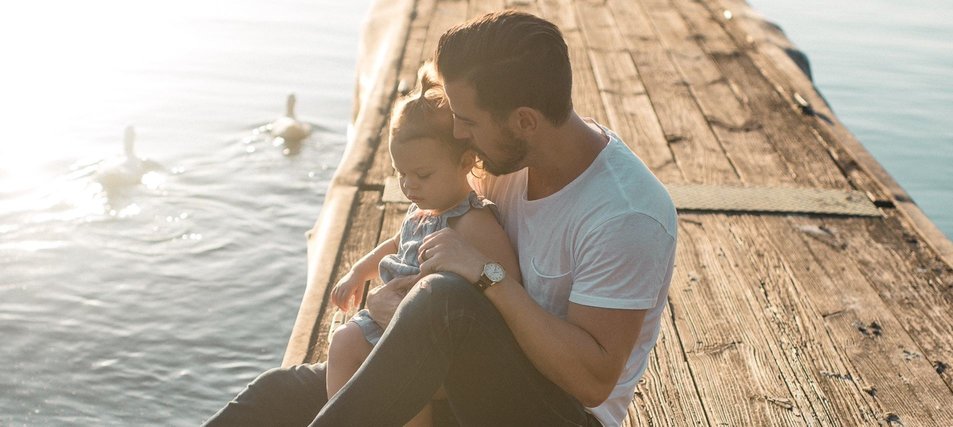Splitting Your Children’s Possessions in a Divorce – Part 2 of 2

[Continued from Part 1]
However, this doesn’t rule out the possibility of splitting the child’s items with their permission and encouragement. If the non-primary parent settles in a new home with a room for the child(ren), it is perfectly acceptable to talk about moving the child’s old dresser, toybox, or other personal items into the new room to make it more welcoming when they visit. Just be sure to make these decisions with your child. Get them excited about both the new second home and the opportunity to furnish two rooms with their current favorite colors and styles.
Joint Custody Guardianship
The other common approach is for parents to equally, or near-equally, split physical custody of their children. In these arrangements, a child might live two weeks in one home, then two weeks in another. Or split month to month, every three months, or a summer and winter cycle. Whatever the arrangement, your child will be spending equal time in both homes and will need an equally welcoming environment.
This is the ideal time to talk to your child about how they want to go about this arrangement in terms of their personal possessions. In essence, they will wind up needing two full sets of clothing, possibly differing in style or seasonal requirements. They will need two full bedrooms, and two complete sets of toys. At the same time, clothes and toys will absolutely travel from one home to the other. This creates a tricky but workable situation.
First, talk with your child about how to split their current assets, whether they want an all-new room in one parent’s new home or to take a few old favorites to ‘seed’ their new room.
Don’t Worry About Keeping Separate Inventories
Finally, we’d like to make a special note to parents after you separate your households: Do not make your children stress about which items belong in which home. The worst thing you can do for a child is to force them to consider the clothes on their back ‘Dad’s clothes’ versus “Mom’s clothes’ or hold certain toys off-limits from traveling with them between homes.
Things you buy for your child may be legally yours, but they belong emotionally to the child. Yes, you will inevitably buy new clothes and toys for your child and, if they love the purchase, they will want to wear those clothes to their other home. They will want to play with those toys in both homes. Let them. They are your children whether they are in your home or with your ex. Just as their bed should be wherever they sleep, anything you buy for your children that is not built into the home or too large to move should be allowed to travel with them.
Splitting up assets is a tough job for any divorcing couple, but it’s important to know where to draw the line between finances and parenting. While you may wind up settling over who keeps or sells something large like a trampoline, let your child be the judge of what happens to their bed, their toys, and the clothing they wear. An experienced divorce and family law attorney can help you draw up a divorce agreement that is practical as well as beneficial to both you and your child.
Here at Beckman Steen & Lungstrom, we are dedicated to helping families find the best solutions for both the separating parents and their children. Every divorce is different, and the best path through can be difficult to see in the midst of a highly emotional relationship. With good legal counsel who shares your goals for the divorce, you can find a solution that will help you move forward and help your children feel supported in both new households. For a consultation on your unique situation and how to reach your divorce goals, contact us today.
